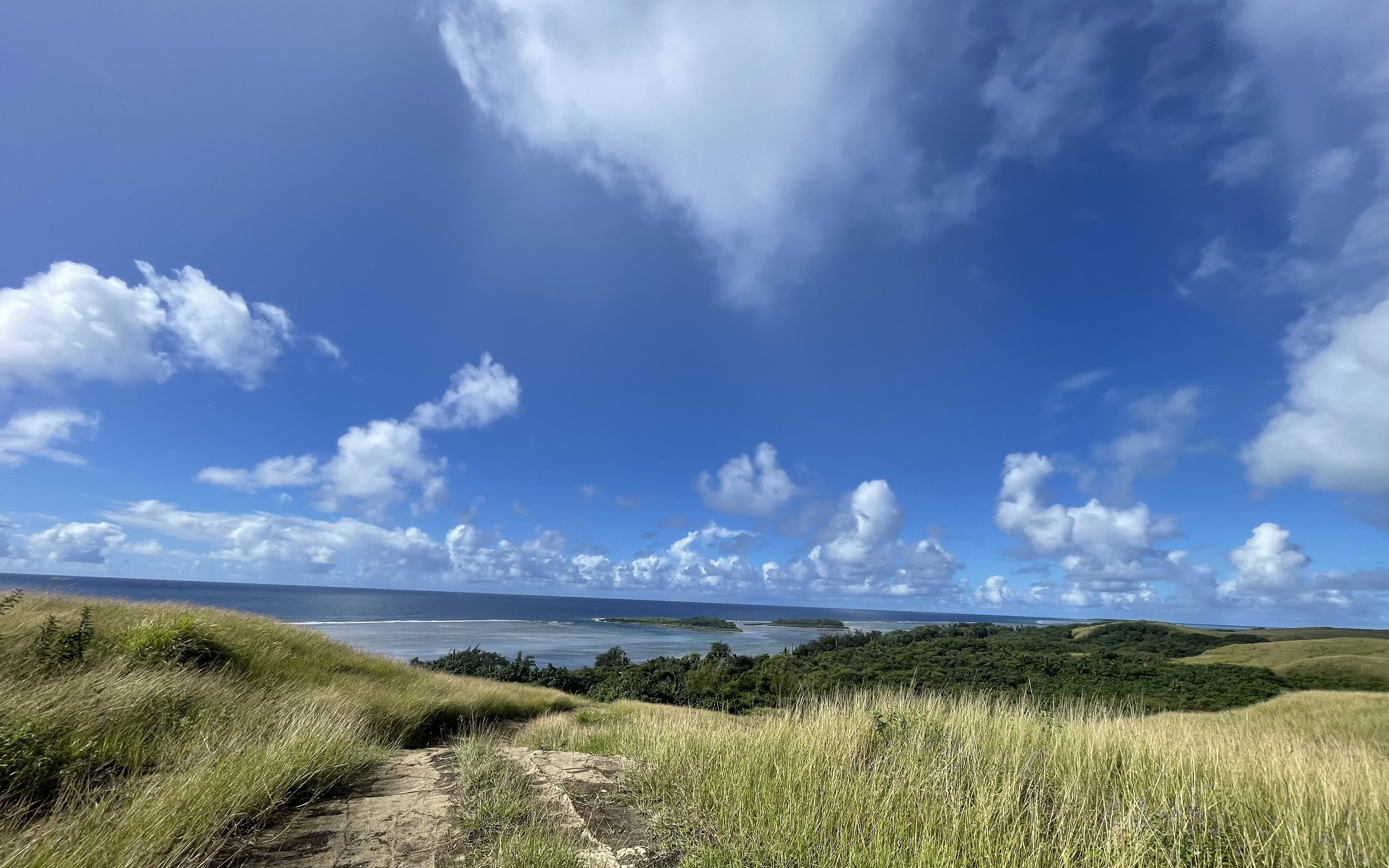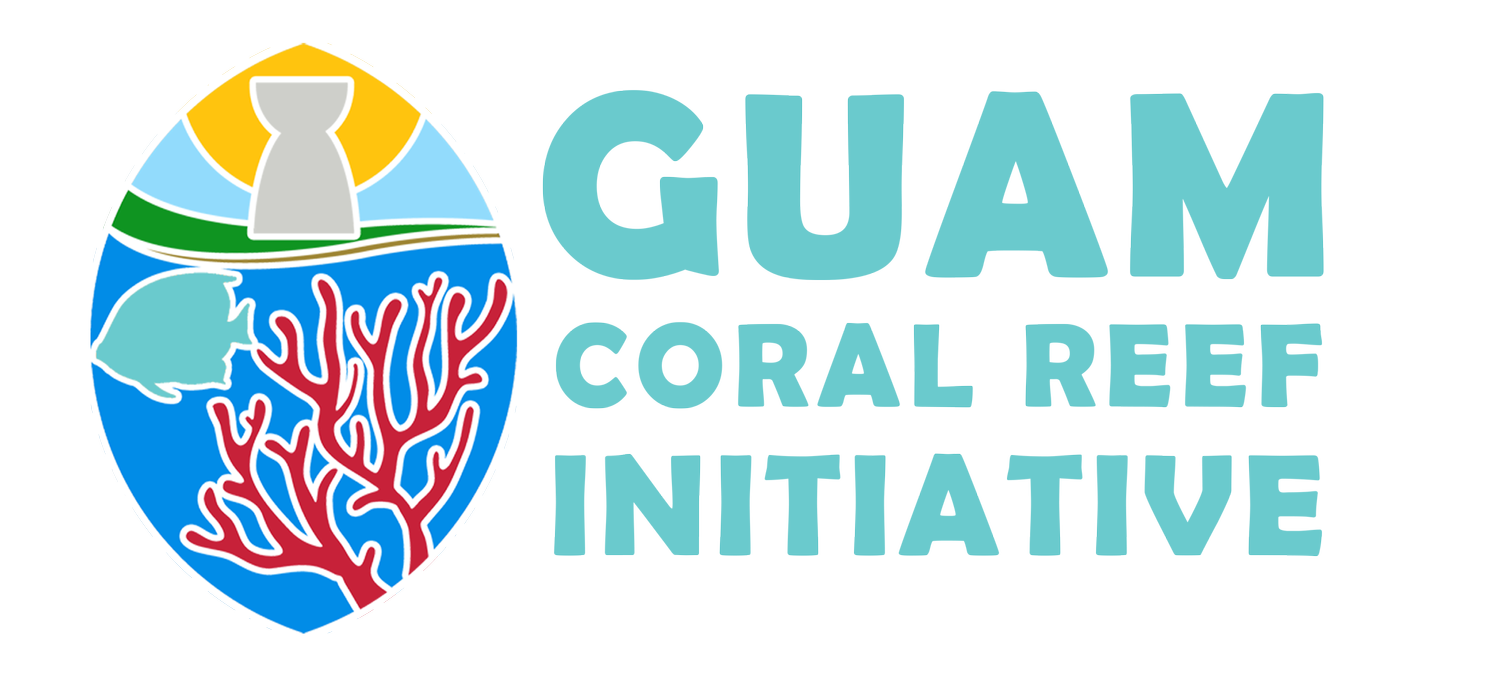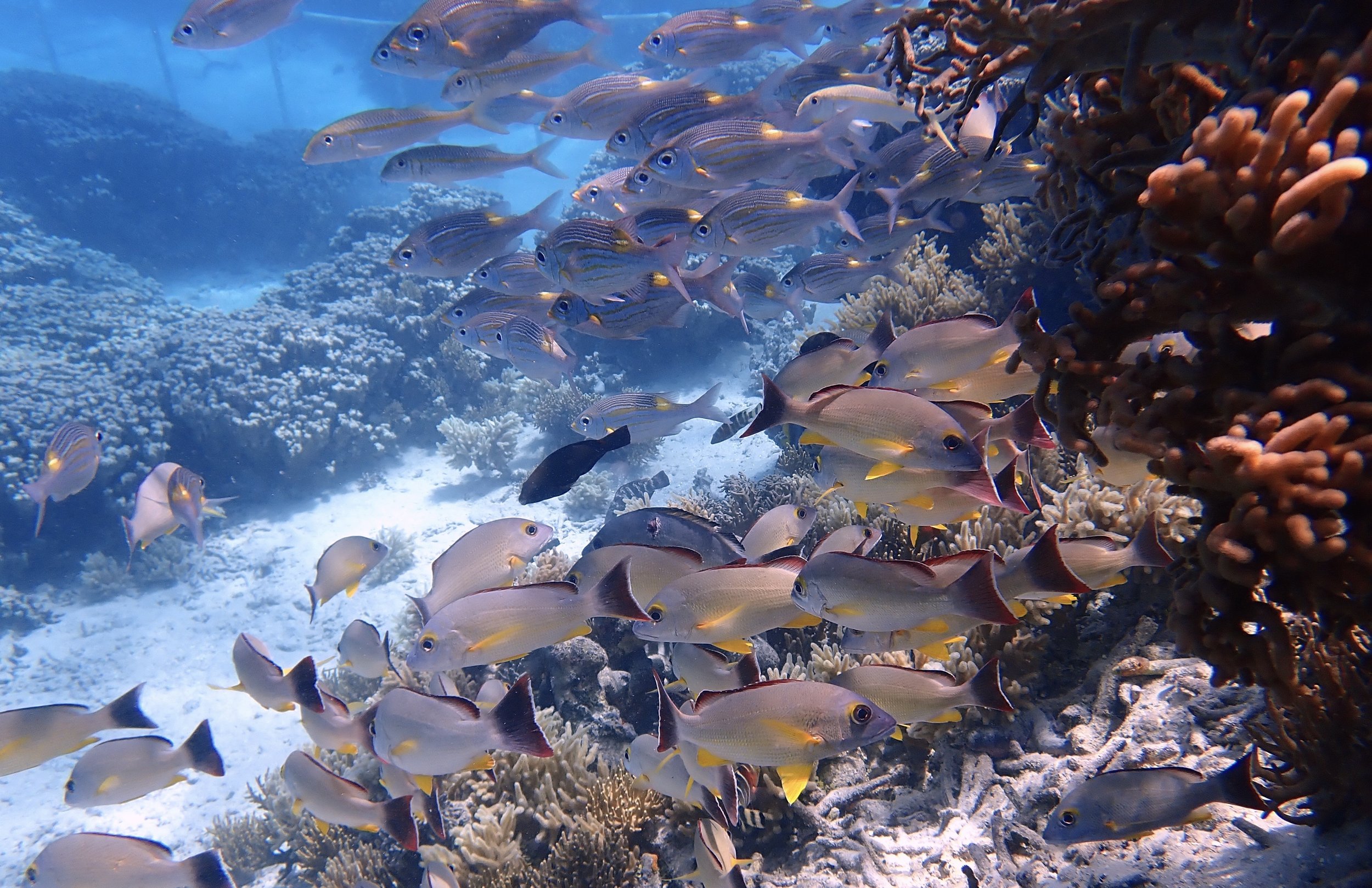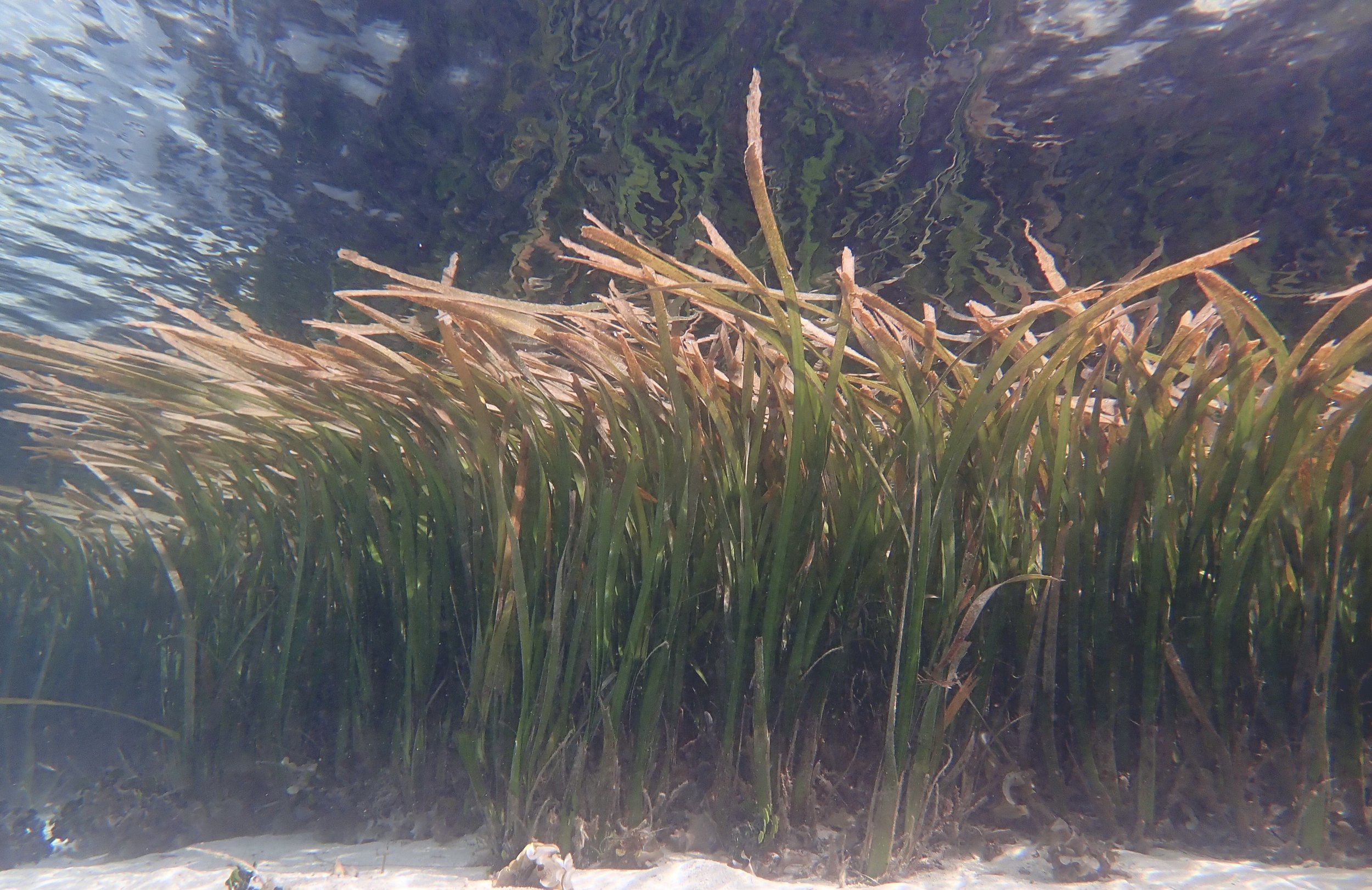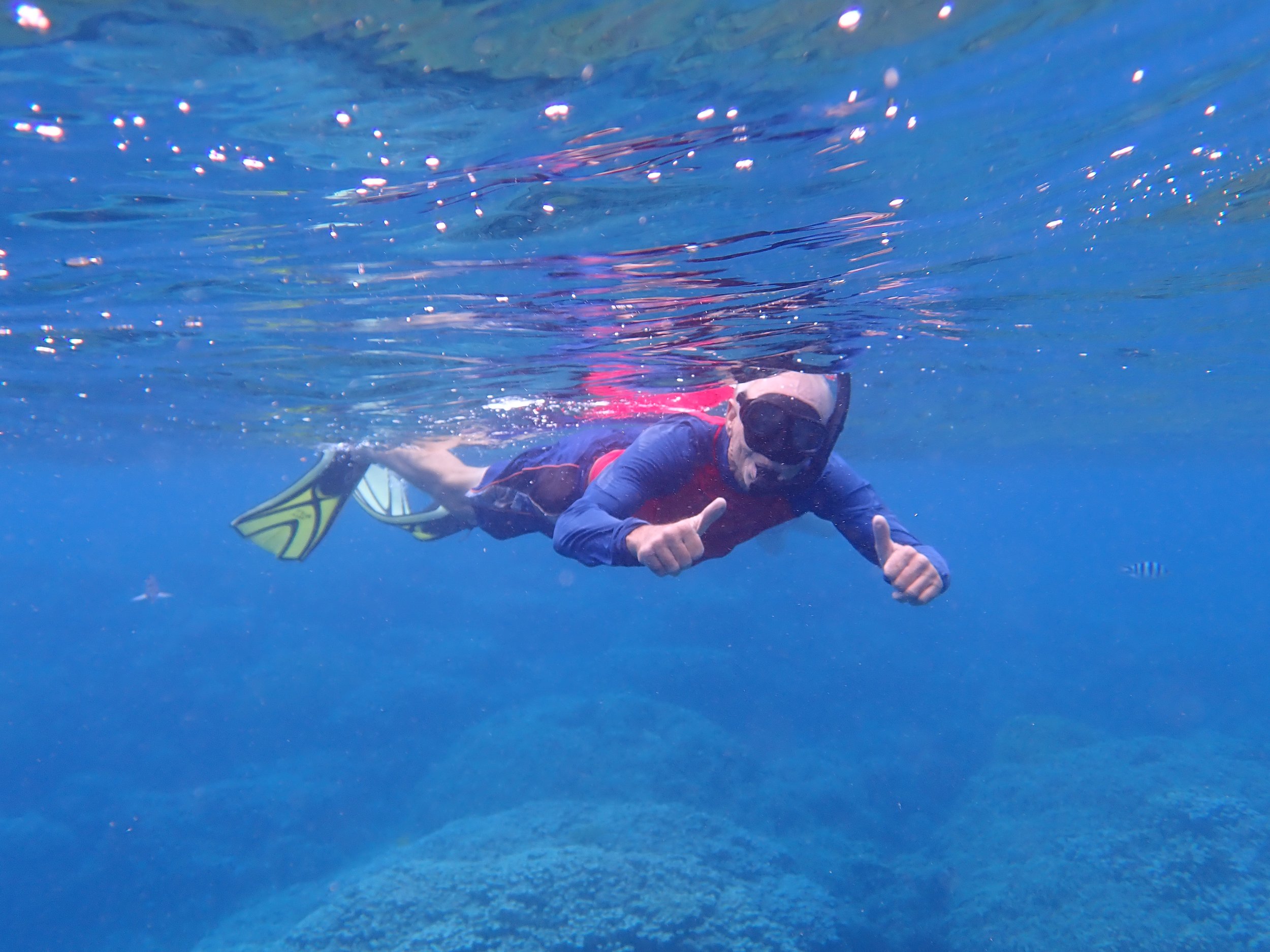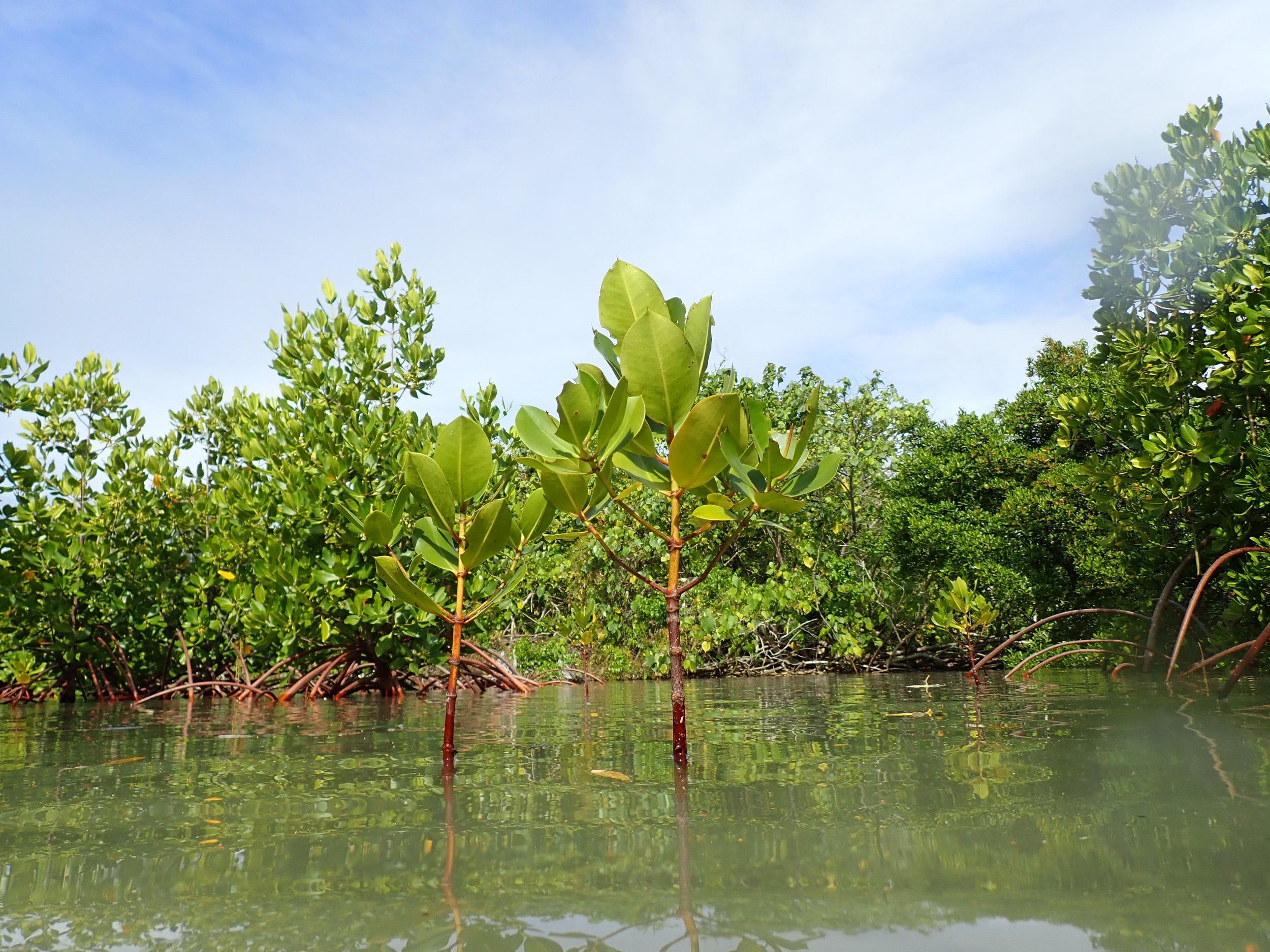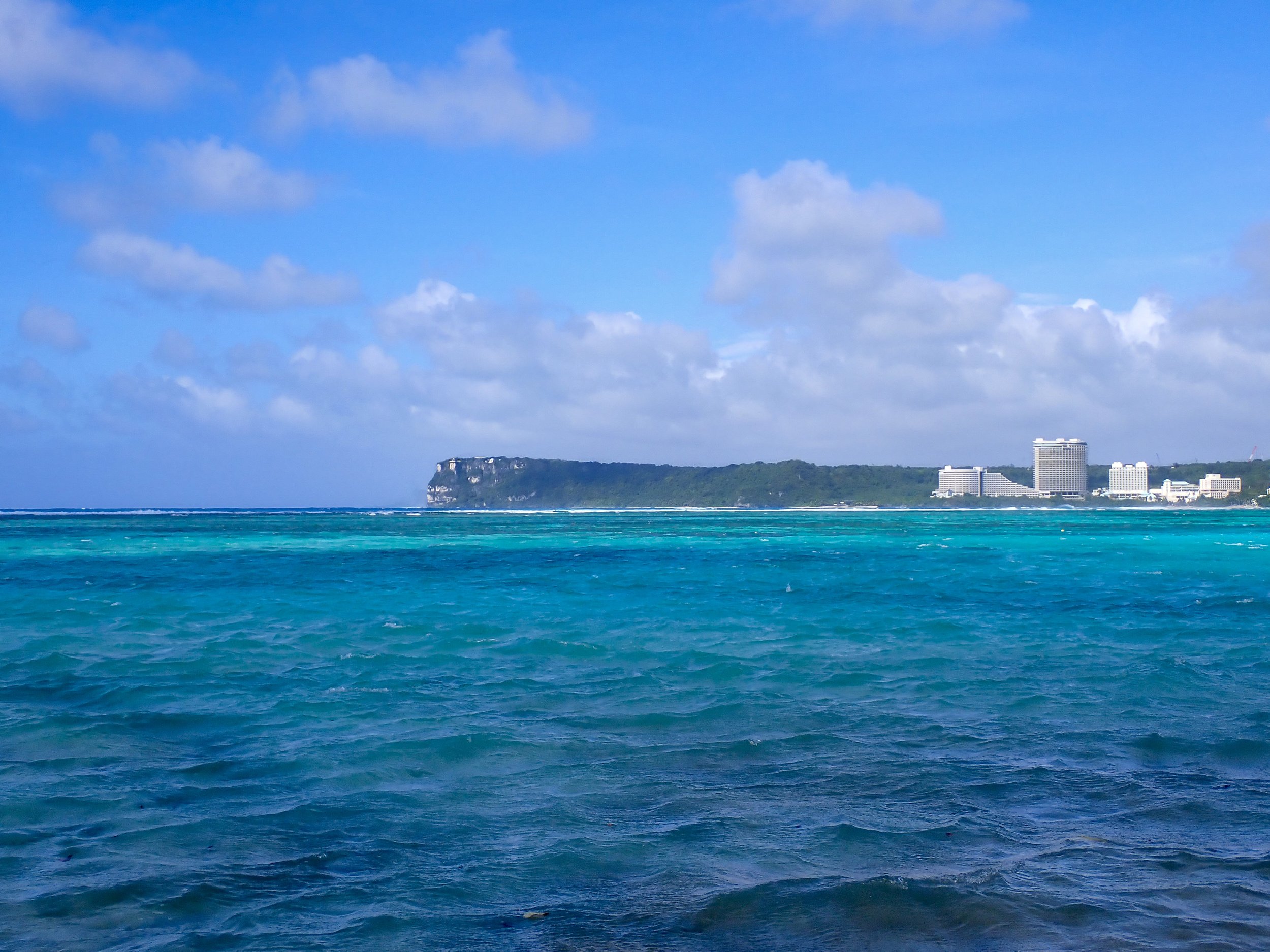
Guam’s Marine Preserves
Marine Preserve Basics
-
It is a part of the ocean that is a safe haven for sea creatures!
More specifically, a marine preserve is a section of the ocean that has certain rules in order to make it a safe zone for marine life to thrive. These safe zones help to ensure that healthy habitats and healthy populations of marine species will be around for future generations to enjoy.
Each marine preserve has different rules, depending on the species that it is aiming to protect and depending on the health of the habitat in that area. Some preserves have very stringent regulations where no fishing or harvesting of marine life is allowed at all, while others are a bit more lenient and allow fishing/harvesting for certain species or using certain methods.
-
Protecting reef species helps to keep the reef healthy as a whole.
By regulating the amount of fishing and harvesting in a preserve, marine species are better able to grow and reproduce. This is especially important for species that have already experienced overfishing.
Every species plays a vital role in the coral reef ecosystem, so if populations of local marine species are healthy, then the coral reefs will be healthy too!
Populations of fish and other marine species don’t tend to stay only in one place; they spread out to other areas beyond the borders of marine preserves, helping to replenish populations of reef species island-wide.
-
All over!
Marine preserves have actually been established all over the world in both warm and cold waters and in many different types of marine environments.
The U.S. alone is home to over 1,000 marine preserves. (NOAA 2023)
Here in Guam, we call them marine preserves, but they are also known in other parts of the world as marine protected areas (MPAs), marine parks, marine sanctuaries, and no-take zones.
-
Yes, you can!
Here in Guam, all marine preserves are open for you to explore on land or in the water, but the Pati Point preserve is located on Andersen Airforce Base and requires base access.
Keep in mind that it is illegal to take any shells, coral, sand, or other marine life from these areas, and fishing restrictions apply. Look for signage at each site displaying the marine preserve’s rules and find information on fishing restrictions below.
Guam’s Marine Preserves
Guam has 5 locally-managed marine preserves: Achang Reef Flat, Sasa Bay, Piti Bomb Holes, Tumon Bay, and Pati Point.
These preserves were established in 1997 by Guam Public Law No. 24-21 to preserve fisheries and traditional fishing practices.
This appears to be working, as a study done in 2012 revealed that Guam’s marine preserves have more fish overall than reefs without fishing regulations. (Williams et al. 2012)
Marine Preserve Rules
Rules that apply to all 5 of Guam’s Marine Preserves:
No engaging in spearfishing or any other form of fishing unless otherwise specified
No harming or chasing marine life
No taking sea cucumbers, crabs, snails, coral (alive or dead), or other marine life
No taking sand, shells, rocks, seagrass, mangroves, or other natural materials
Each marine preserve has its own individual rules as well, so click the “Fishing Regulations” buttons below to find out more
Tumon Bay
-
Tumon/Tamuning
From Two Lovers Point to the northeast tip of Hospital Point.
-
Hook & line and cast net (talaya) ONLY allowed from shore for mañåhak, sesyon, kichu, ti’ao, and i’e. Cast net ONLY allowed from the reef edge for sesyon and kichu.
mañåhak: juvenile rabbitfish (family Siganidae) 3 inches or smaller
sesyon: adult rabbitfish (family Siganidae)
kichu: convict tang (Acanthurus triostegus)
ti’ao: juvenile goatfish (family Mullidae) 4 inches or smaller
i’e: juvenile jack (family Carangidae) 4 inches or smaller
Piti Bomb Holes
-
Asan/Piti
From the southwest end of Piti Channel mark to Camel Rock and then to Asan Point.
-
No fishing, harvesting, or collecting of anything is allowed, except with seasonal permit for certain species (i.e. atulai, mañåhak, and achemson).
Trolling is allowed from the reef margin out to sea for pelagic fish. (GAR)
How to find out if a seasonal permit is in effect:
Check with the Piti Mayor’s Office: 671-472-1232
Call the TOKA hotline: 671-864-8652
Check local news outlets
Contact DAWR Fisheries: 671-735-0282
Achang Reef Flat
-
Merizo
From the southern side of Manell Channel to the northern side of “Ajayan Channel.”
-
No fishing, harvesting, or collecting of anything is allowed, except with seasonal permit for certain species (i.e. atulai, mañåhak, and achemson).
Trolling is allowed from the reef margin out to sea for pelagic fish. (GAR)
How to find out if a seasonal permit is in effect:
Check with the Merizo Mayor’s Office: 671-828-8312
Call the TOKA hotline: 671-864-8652
Check local news outlets
Contact DAWR Fisheries: 671-735-0282
Sasa Bay
-
Apra Harbor
From the west corner of Polaris Point on the finger-like peninsula to the most southerly point on Drydock Island. All the water and shoreline in the bay to the east of this boundary, including mangroves, are within a Marine Preserve.
-
No-take zone! All forms of fishing and collection are prohibited. (GAR)
Pati Point
-
Andersen Air Force Base in Yigo
From the marker (144• 53' 44 E. Longitude, 13• 32' 40' N. Latitude) in front of the pillbox to the west of Tarague channel easterly along the coast to Pati Point, then southerly to Anao Point.
-
Hook &line ONLY allowed from shore.
Trolling is allowed from the reef margin out to sea for pelagic fish.
No other means of taking fish is permitted in this area. (GAR)
The marine preserves are enforced by conservation officers with the Department of Agriculture’s Law Enforcement Section.
If you see a violation of marine preserve regulations, help alert conservation officers to the issue by calling the TOKA hotline: 1-671-864-TOKA (8652)
Today, Guam’s marine preserves continue to be safe havens for marine species, and many are also popular snorkeling and diving sites due to their vibrant habitats!
Want to learn more?
Click here to check out our marine preserve resources
Dive into Guam’s Marine Preserves!
